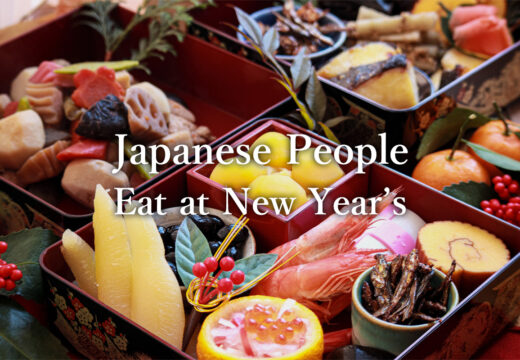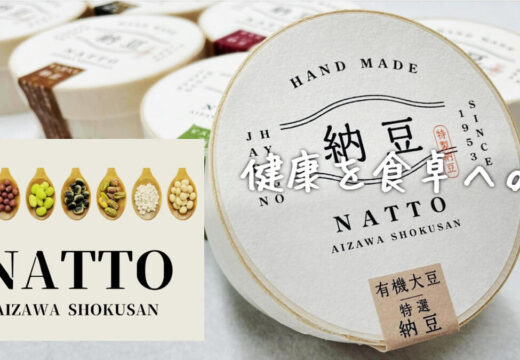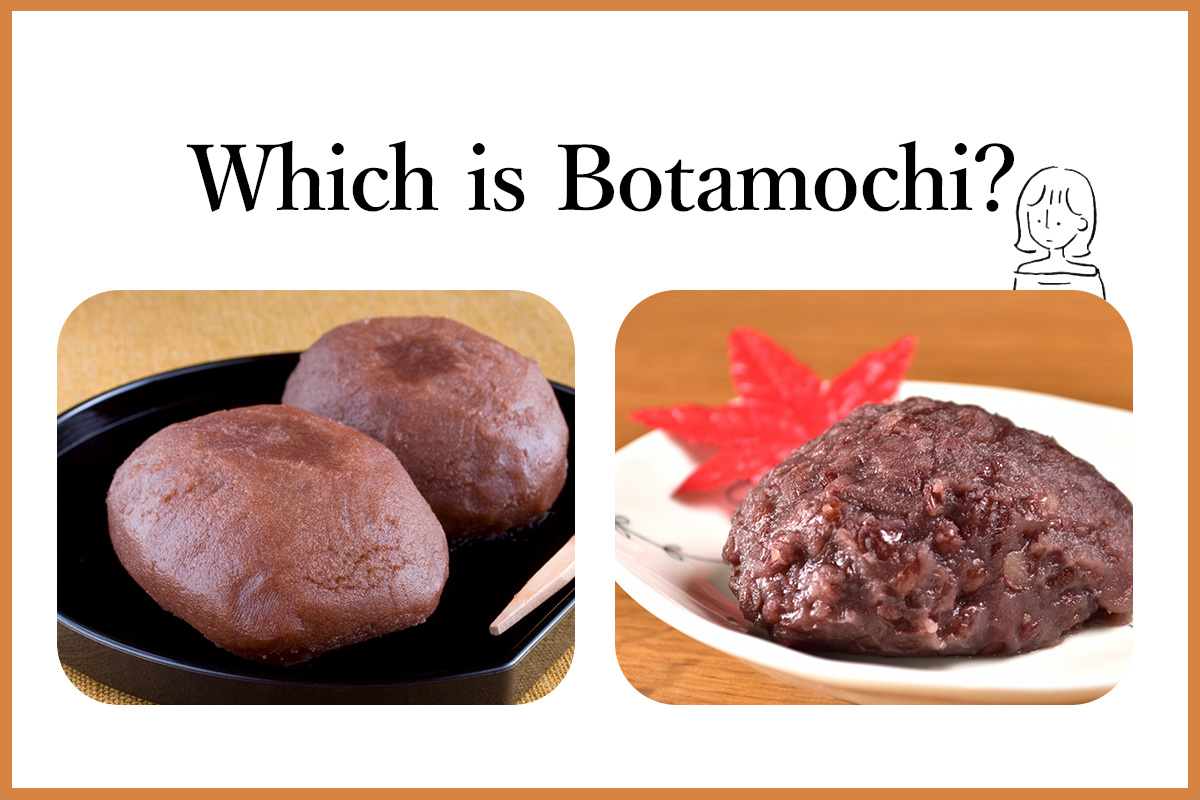
In Japan, there is a Buddhist event called “Ohigan” at the turn of the seasons in spring and fall.
This is a period for making offerings to ancestors and giving thanks, during which people visit graves and make offerings.
The most common offerings are Japanese sweets called “botamochi” or “ohagi.
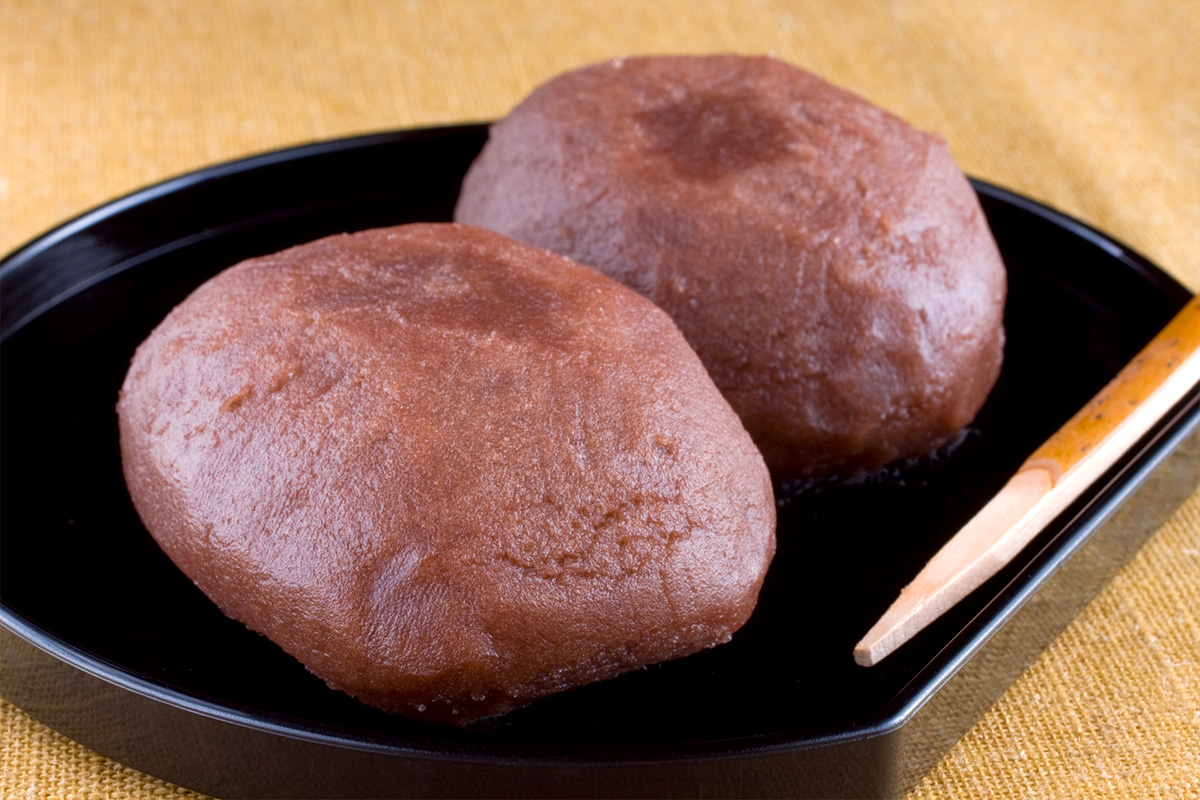
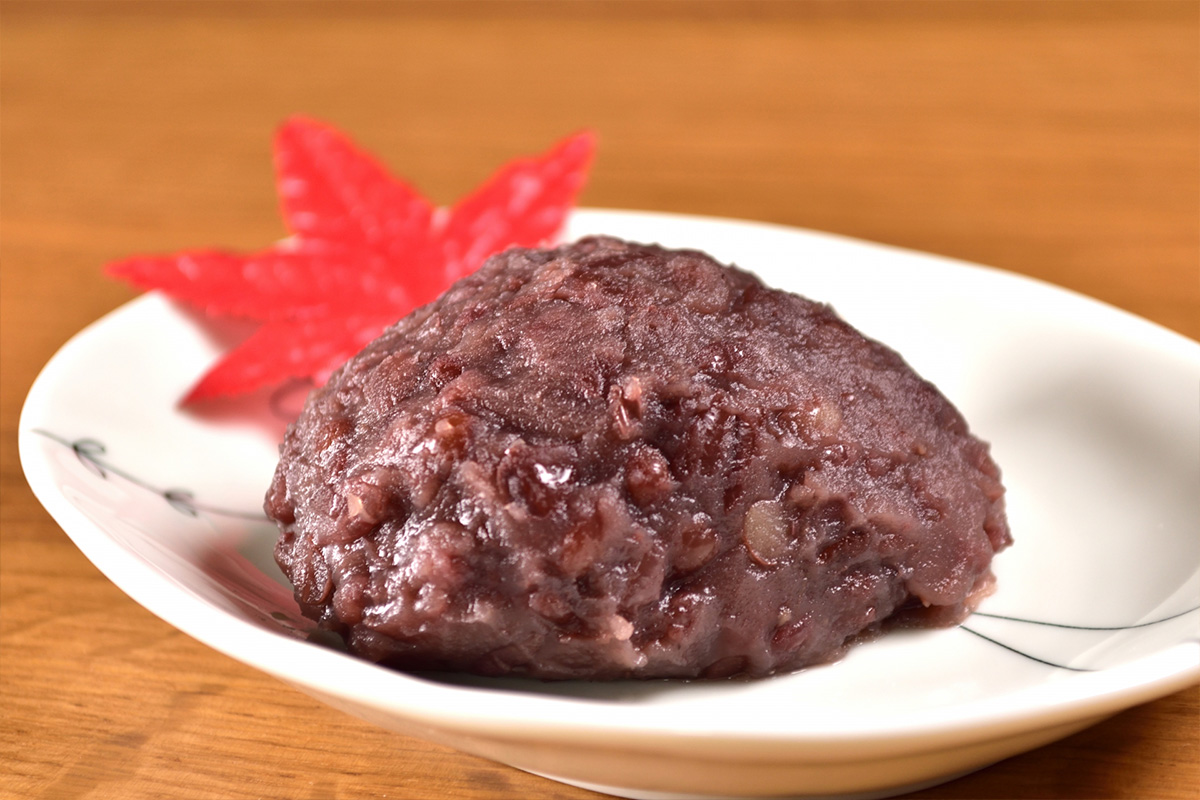
Do you know what the difference is between these two Japanese sweets?
Both are Japanese sweets made of steamed glutinous rice wrapped in sweet red bean paste.
In this post, I look into the difference between botamochi and ohagi!
About Botamochi
Botamochi is a Japanese sweet offered during the spring Ohigan.
Written in Kanji, it is “牡丹餅”.
牡丹=peony
餅=mochi rice cake
As the name implies, it is eaten when peonies are in bloom.

Red bean paste is a smooth paste.

The red beans are harvested and stored in the fall and processed into a paste for a smooth texture.
About Ohagi
Ohagi is a Japanese sweet offered during the fall Ohigan.
If you write it in Kanji, it will be “お萩”.
萩=bush clover.
It was named “ohagi” because it is eaten when the bush clover flowers are in bloom.
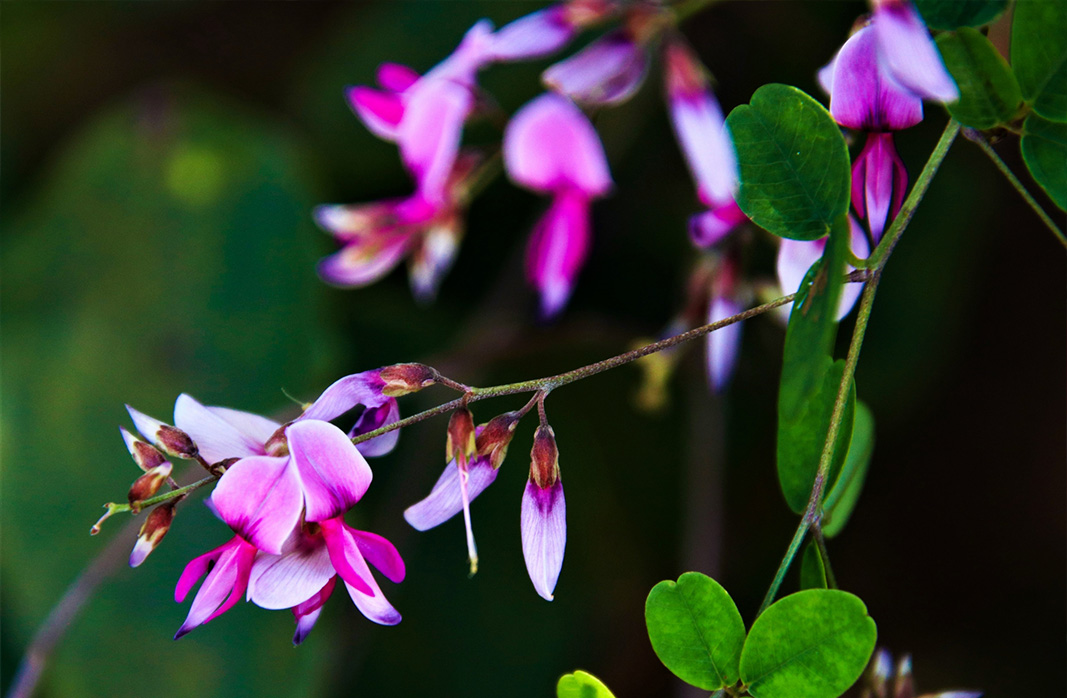
Do you see the red bean skin remaining?

Freshly harvested red beans have soft skins, so the texture of the skin is utilized.
Ohagi and Botamochi have the effect of “exorcising evil spirits”!?
Both peony and bush clover flowers are pink in color.
The color pink is associated with “repelling evil spirits“.
In other words… offering or eating Ohagi or Botamochi is said to ward off evil spirits!
Both the rice cake and the botamochi are sweet and chewy. This is my favorite Japanese sweet.
If you see them, please try them.
I have written other articles on Japanese food and culture, so please read them if you like.



